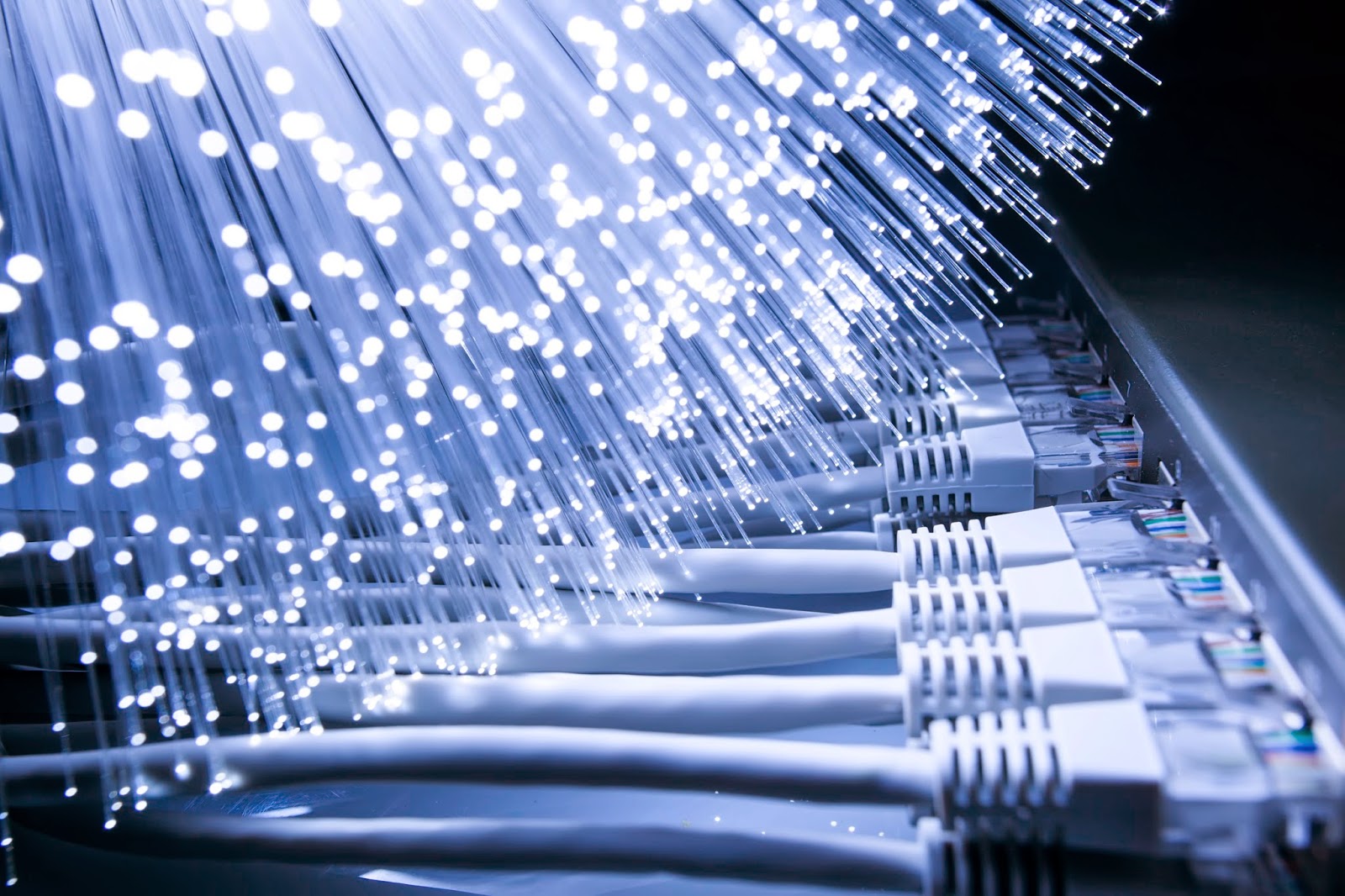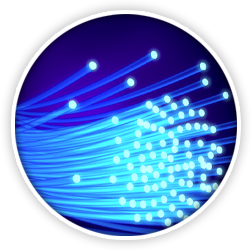
About Us
The technology replaces the previous copper infrastructure such as coaxial cable and telephone wires. FTTH is a new and fast method of providing higher communication bandwidth to businesses and consumers and thereby enhancing stronger access to videos, voice services, and internet services in general.
At FTTH conferences, we try to ensure that businesses and individual clients receive the most up to date information about internet speeds and availability. We envision a situation where the entire world will have easy access to the fiber-optic internet.
It is our firm belief that FTTH is the only way that can ensure that people connect fast, businesses are effective, and information flows freely without undue delays.

Benefits Of FTTH
 After comparing FTTH to other technologies such as xDSL, we found the following advantages of FTTH:
After comparing FTTH to other technologies such as xDSL, we found the following advantages of FTTH:
- High speeds: FTTH access speed goes up to a maximum of 1000 Mbps while that of xDSL is below 100 Mbps.
- Future-proof: the rate of connection of fiber data is under the control of terminal equipment, but not the fiber itself. Therefore, any equipment upgrade guarantees some improvements in speed even before making any updates on fiber.
- Long distance: the traditional form of 1 Gbit/s gigabit Ethernet runs to 91 meters. However, 1 Gbit/s gigabit Ethernet over fiber can reach thousands of miles.
Since there will be a massive deployment of FTTH worldwide, we advise operators to brace for more FTTH-based technologies. The next-generation technologies will enhance service support capability and increase bandwidth while ensuring that there is proper coexistence between outside plants and existing equipment. According to our analysis, the delivery of FTTH uses two major technical approaches.
The point-to-point Ethernet network gives every user an uninterrupted optical channel. However, many users prefer the passive optical network (PON) since it offers multipoint connectivity from a single point. PON has become popular amongst many users since it enables operators to use optical fiber infrastructure properly. PON has two primary flavors: Gigabit PON (GPON) and Ethernet PON (EPON).All the FTTH conferences that we have organized have registered increased preference for PON. In Europe, for instance, smaller operators and early adopters are using point-to-point Ethernet networks. However, most of the operators now prefer GPON. North Americans prefer GPON due to its dominance. EPON has been the dominant deployment in almost all the conferences we have organized in Asia. Since China is the largest FTTH according to current statistics, it has already embarked on a project to deploy a blend of GPON and EPON.
Although we have confidence in the current FTTH technologies such as EPON and GPON, we envision a situation where the two technologies will not manage to satisfy the increasing demand for services such as 3D-TV, cloud computing, multiplayer HD video gaming, angle video services, HDTV, and growth in unicast video. We anticipate that the highest demand for bandwidth will come from mobile backhaul and business users, which have already started taking advantage of FTTH to satisfy their data needs.


